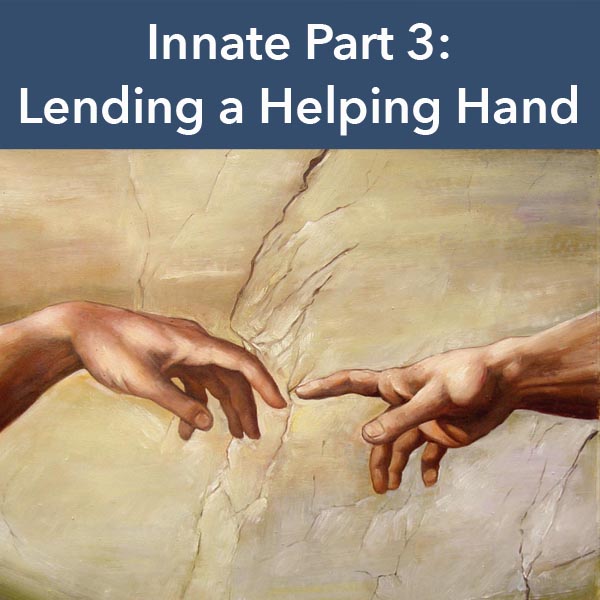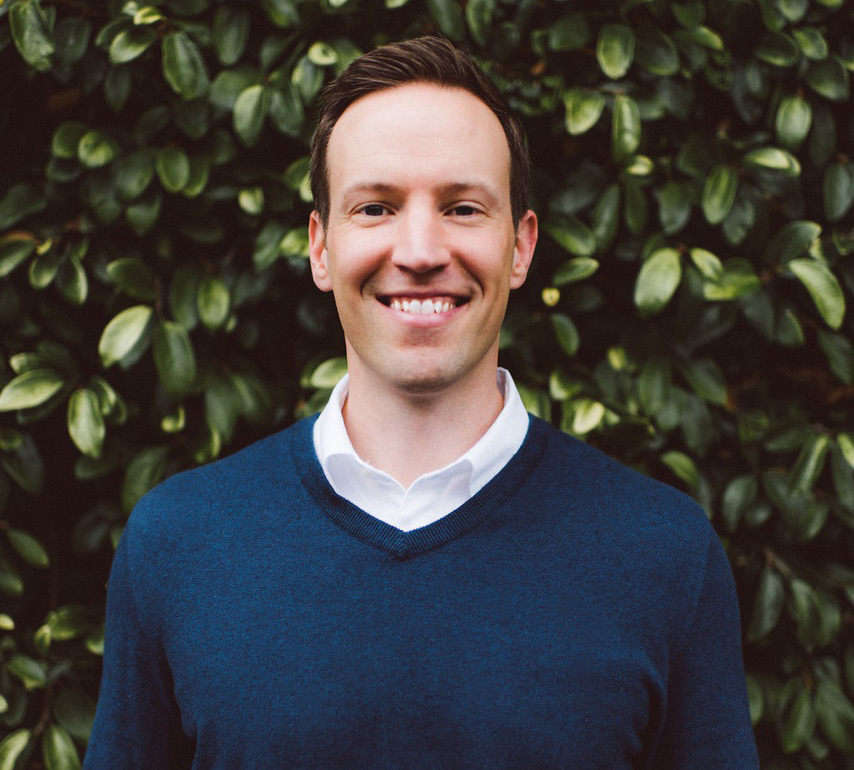 In parts one and two I’ve introduced you to Innate Intelligence (your internal physician) and talked about the problem – that too few folks recognize and trust their innate potential for health.
In parts one and two I’ve introduced you to Innate Intelligence (your internal physician) and talked about the problem – that too few folks recognize and trust their innate potential for health.
For this last post in the Innate Blog Series, I want to focus on the solution. I’ll give you some practical steps, that if implemented can go a long way toward unlocking the physician within. These are broad strokes, a framework and certainly not exhaustive. In future content, I will be providing MUCH more detail.
1. Understand & Trust
The reason I spent two posts talking about understanding and trusting the innate ability to self-heal and self-regulate is that health starts between the ears. I can never help anyone who a) doesn’t want help, or b) has a belief system rooted in sickness & symptoms. We must first change our thoughts to change our world (shout out to @BrazenAthletics).
2. Create & Maintain a Balanced, Well Functioning Nervous System
Certainly as a chiropractor, I view health through a nervous system-centric lens. While health is undoubtedly a holistic endeavor, starting with balanced neural input and output is central to optimal function and thus, optimal health. Therefore, one of the best things anyone can do to make sure they have the best environment for health is to have their nervous system checked for functional deficit. With appropriate care, balance can be restored and maintained. Health is then allowed to be expressed from the inside → out.
3. Food as Medicine
Hippocrates said, “Let food be thy medicine, and medicine be thy food,” and that “all disease begins in the gut.” Proper nutrition, and as an extension, proper digestion are of the utmost importance when giving our innate intelligence the best chance to succeed. In Chris Kresser’s 9 “Steps to Perfect Health” blog series, he thoroughly expands this concept. For details, please see the excellent content linked to his articles (no need to reinvent the wheel!) Essentially, the idea is to:
–Avoid Toxins
–Nourish Well by Eating Real Food
–Supplement Wisely
4. Movement as Nourishment
I really like describing exercise as a ‘nutrient.’ Sometimes I think we get tricked into thinking movement is for folks who want to look a certain way or hit a certain number on a scale. The reality is that we ALL need to move, and move in a manner physiologically congruent with health. We’re built for a lot of low level movement, or as Mark Sisson rightly suggests, “move frequently at a slow pace.” We’re also designed to challenge our bodies with shorter high intensity exercise at various intervals (AKA HIIT), and occasionally ‘go all out.’ This type of activity is what our genes expect. It’s what the physician within craves.
5. Stress Management
I find it amazing how interlaced stress and disease can be. Plenty has been said about the negative ramifications of unmitigated stress on our health and I won’t rehash the stats here. I think there are a few simple strategies that we can incorporate into daily life to give ourselves a fighting chance.
Have a system of coping and relaxing – We really need to plan stress relief into our routine, just like planning a workout. Whether it’s playing an instrument, walking the dog or taking 5 minutes to be still, it’s vital to health.
Don’t worry about things outside of your control – People can conserve a lot of personal power by having a mindset that focuses on the things they have control over, and not stressing about the weather or terrible drivers during their commute.
Rise with an attitude of gratitude – Part of creating systems includes positivity rituals. Whether is prayer, meditation, or a simple affirmation / thanksgiving, these morning habits can be really helpful to frame your day.
Sun, Sleep & Supplement – The combination of proper sleep habits, regular sun exposure and occasional supplementation to aid in sleep and relaxation (rhodioloa rosea, vitamin d, melatonin, valerian root, chamomile, etc.) can be really helpful aids in the fight against stress.
Reduce environmental toxic load – We think of stress as primarily mental, however reducing our exposure to environmental toxins will also add to total body stress relief. Heavy metals, industrial chemicals and toxins can be in everything from plastics, carpet, and paint to water and air. Many of the chemicals we’re exposed to are neurotoxins, which directly effect the function of our bodies. It’s almost impossible to live in a completely pure environment these days, but being mindful of using natural cleaning and personal hygiene products is a good place to start. Whatever is brought into the home should be evaluated for potential toxicity.
6. Reconnect to Nature, Disconnect from Technology & Play
Mark Sisson’s, The Primal Blueprint and The Primal Connection do a really good job of explaining the importance of connecting us to our environment. The hunter-gatherer genes we all share require and expect a connection to nature. We need levity, whimsy, and play to return to health. We need to turn off the phone and climb a mountain or stand under a waterfall. There’s something inherently healthy about a walk in the woods or lying in the grass stargazing. Turn off the TV, find a moment and reconnect to nature and health.
Conclusion:
There are numerous ways to lend our internal physician a helping hand. What a lot of people might not realize is that is takes a lot of effort. It takes time and habits and planning and persistence to live a healthy life. We have an amazing potential for health and healing. But we need to give ourselves the support required to express that potential.
What do you do to support Dr. YOU?
Yours in Health,
Dr. Scott
Last modified: February 28, 2018



 I'm Dr. Scott A. Mills and I'm a chiropractor in San Francisco who creates resources for athletes and everyday people to eliminate pain and improve the way you move.
I'm Dr. Scott A. Mills and I'm a chiropractor in San Francisco who creates resources for athletes and everyday people to eliminate pain and improve the way you move.
One Response to :
Innate Part 3: Lending a Helping Hand
Comments are closed.